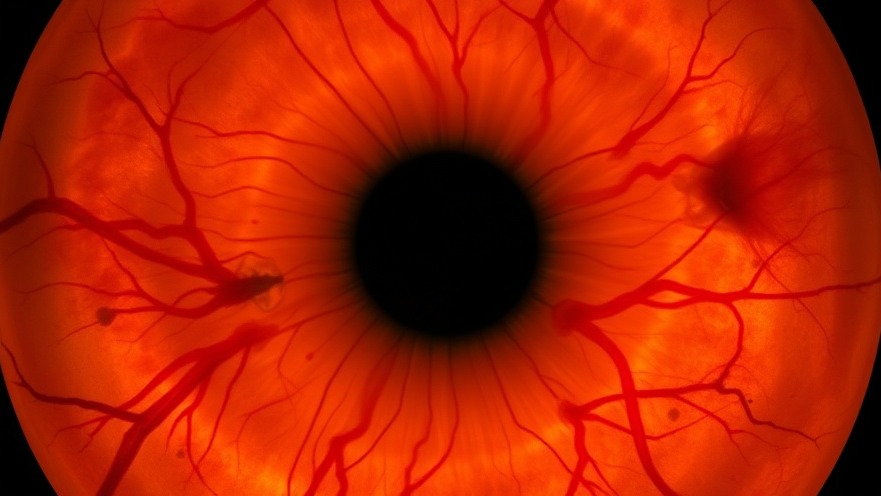
Understanding Optic Nerve Cupping: Why It Matters
Optic nerve cupping is a critical aspect to consider in eye health, especially for those managing glaucoma. At its core, the optic nerve is responsible for transmitting visual information from the retina to the brain, and any changes in its structure can be significant indicators of health. While both individuals with and without optic nerve damage may exhibit optic nerve cupping, it is particularly pronounced in those diagnosed with glaucoma. This condition elevates the importance of regular eye check-ups, especially in a concierge medical practice that prioritizes comprehensive wellness.
The Anatomy of the Eye: What You Need to Know
The optic nerve features a central area known as the “cup,” which is normally small compared to the surrounding optic disc. In healthy individuals, this cup-to-disc ratio remains stable. However, increased intraocular pressure or decreased blood flow can lead to nerve fiber death, resulting in a larger cup and a corresponding risk for glaucoma. For concierge practitioners, understanding these specifics is essential in explaining the importance of monitoring patients' eye health.
Monitoring Cupping: The Importance of Regular Photography
Practitioners can track changes in the cup-to-disc ratio through periodic photographs of the optic nerve. This practice not only aids in monitoring the progression of optic nerve cupping but also provides essential visual evidence when communicating with patients. Regular monitoring helps determine if existing treatments are sufficient or if adjustments are needed. This proactive approach fosters trust and collaboration between patients and medical professionals, an essential element in concierge medical practices.
The Cup-to-Disc Ratio: Key Indicator for Glaucoma
Understanding the cup-to-disc ratio can empower both physicians and patients in their healthcare journey. A cup-to-disc ratio greater than 0.6 is typically viewed with suspicion for glaucoma. This knowledge leverages the human connection within healthcare, allowing practitioners to create informed action plans steered by clear guidelines and patient input.
Encouraging Patient Engagement Through Education
Educating patients about optic nerve cupping and its implications is crucial in enhancing engagement and compliance. When patients grasp why their eye health is under scrutiny and how it relates to their overall well-being, they are more likely to adhere to treatment regimens. Creating a culture of open communication fosters a more robust therapeutic alliance, aligning with the core values of concierge medicine.
A Call for Wellness Integration
As you navigate the journey of building your concierge medical practice, consider the holistic well-being of your patients. Integration of eye health education into your standard wellness practices can set you apart from competitors. By elevating patient care through comprehensive communication about conditions such as optic nerve cupping, you can significantly influence their health journeys.
Start engaging with your patients more deeply about their eye health today, ensuring they understand not just the 'what,' but the 'why' behind their care. This will not only enhance their experience but also solidify your position as a leading concierge practitioner in your locality.
 Add Row
Add Row  Add
Add 




Write A Comment